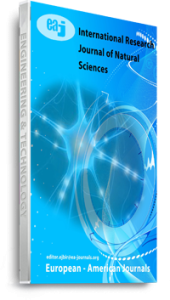The aim of this study was to investigate the possible effects of neonatal bisphenol A (BPA) exposure on the neuroendocrine system (thyroid-brain axis). 20 or 40 µg/kg of BPA was orally administered to neonatal male albino rats (Rattus norvigicus) from postnatal days (PNDs) 15 to 30. Both administrations gave rise to a lower serum thyroxine (T4) and triiodothyronine (T3) levels, and higher thyrotropin (TSH) level than control group at PND 30. Also, a marked reduction in serum of neonatal growth hormone (GH) was observed in both treated groups. In neonatal cerebellum and cerebrum, the elevations of oxidative markers [lipid peroxidation (LPO), nitric oxide (NO), and hydrogen peroxide (H2O2)] due to both administrations were observed at PND 30, along with decreased activities of antioxidants markers [total ascorbic acid (TAA), total thiol (t-SH), glutathione (GSH), glutathione peroxidase (GPx), glutathione reductase (GR), glutathione-S-transferase (GST), and catalase (CAT)] with respect to control group. Thus, hypothyroidism in BPA might disturb the neonatal thyroid-brain axis via production of free radicals, and this, might destruct the plasma membrane and cellular components delaying cerebrum and cerebellum development.
Keywords: Antioxidants, Bisphenol A, Cerebellum, Cerebrum, Prooxidants., Thyroid hormones

